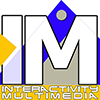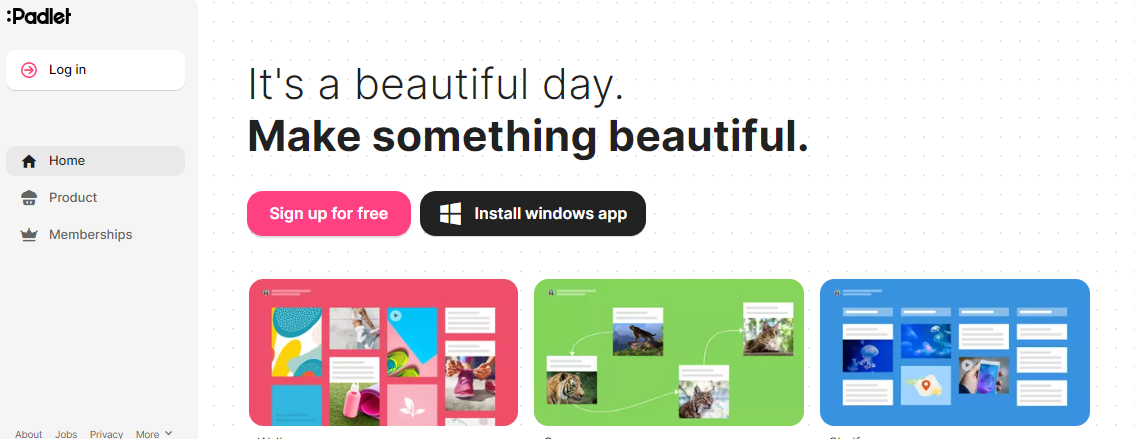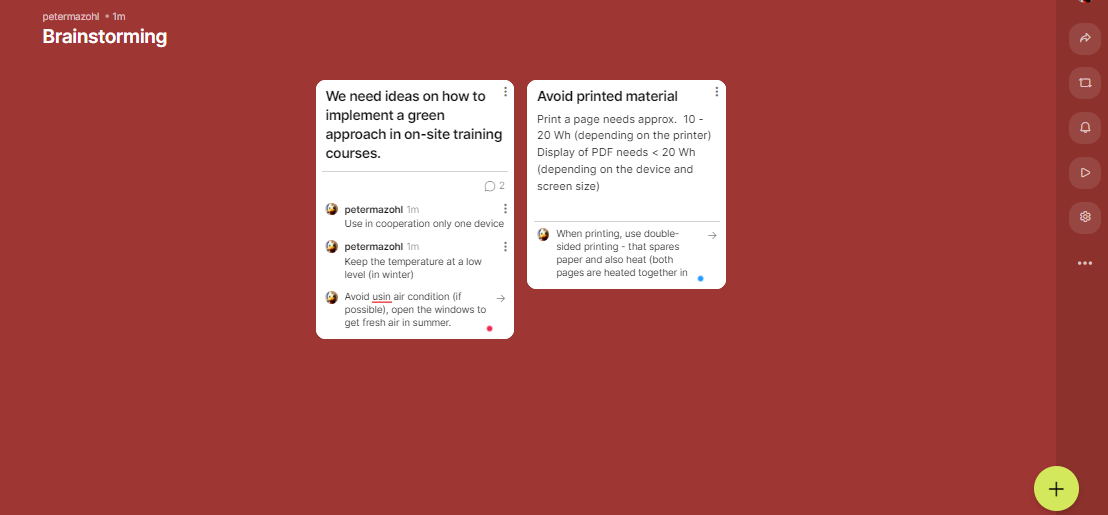Padlet can be used as a formative assessment tool to gather feedback and monitor students’ progress. Teachers can create various boards to collect students’ responses to questions, assignments, or quizzes, and provide instant feedback and support. Additionally, it enables students to explore their creativity by providing them with a variety of tools and resources to create and present their work. Students can use Padlet to make digital collages, mind maps, timelines, and portfolios.
The tool helps students develop their digital literacy skills, such as information literacy, media literacy, and digital citizenship. Students learn how to evaluate sources, cite references, and respect intellectual property. Furthermore, the tool provides opportunities for differentiated instruction by allowing teachers to customize the learning experience for individual students or groups. Teachers can create Padlet boards with different levels of challenge, scaffolded support, or alternative modes of representation.
Overall, this interesting tool can help create an engaging and collaborative learning environment that promotes active learning, critical thinking, and digital literacy.
Ideas for training settings
Here are some ideas on how to use Padlet in a course or training:
- Brainstorming
Padlet can be used as a virtual brainstorming board for individuals or teams to collect and organize ideas. Users can post their ideas, links, images, and videos on a Padlet board, and other members can comment and vote on them. - Collaborative note-taking
Padlet can be used as a collaborative note-taking tool, where members of a team or a class can contribute notes, summaries, and key takeaways from a lecture or a meeting. - Project management
Padlet can be used as a project management tool to track progress, assign tasks, and share resources. Users can create different columns on a Padlet board to represent different stages of a project, and move items between the columns as the project progresses. - Classroom or training activities
Padlet can be used in the classroom to promote active learning and engagement. Teachers can create a Padlet board for students to post their questions, comments, or reflections on a topic, and other students can respond and discuss. - Creating Timelines
Timelines are versatile tools to display time-related content or tasks in a simple and clear depiction.
Conclusion
Padlet is a web-based tool that can provide significant added value to training activities. First, it enables learners to collaborate in real time, regardless of their location, which can enhance engagement and interaction. Second, it offers a range of multimedia features that can support active learning, such as video, audio, images, and text, and can be used to create interactive and dynamic learning activities. Third, Padlet can be used to collect feedback and monitor learner progress through quizzes, surveys, or reflections, allowing trainers to provide timely feedback and support. Finally, the tool offers a flexible and customizable platform that allows trainers to adapt their content to learners’ needs and preferences, and to create a personalized and engaging learning experience. Overall, it can help to increase learner participation, motivation, and achievement, and to improve the quality and effectiveness of training activities.
Views: 34


